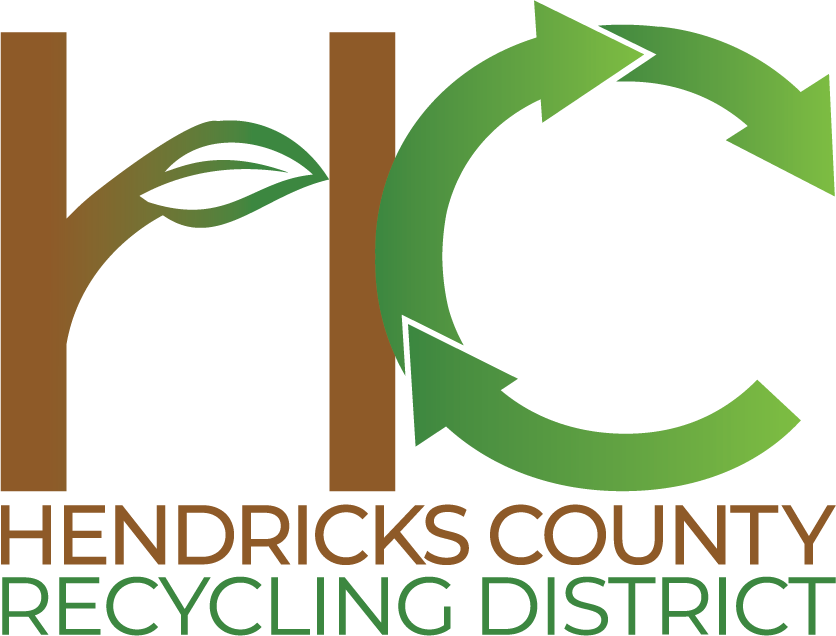|
Why Does It Matter? |
In this tough economy, many homeowners are choosing to upgrade their existing home rather than shopping for a new one. If you are contemplating a home improvement project, whether big or small, it’s easy to weave a bit of environmental consciousness into your designs, but you do need to plan ahead.
What Should You Do?
Remodeling projects are a perfect opportunity to think “reuse.” Local organizations like Asset Recycling assetrecycling.org and Architectural Antiques of Indianapolis antiquearchitectural.com accept some home improvement materials like windows, doors, bathroom fixtures, antique lighting fixtures, door knobs and handles for reuse. Also consider shopping at such places to find the materials you need for your project.Whether you are buying new or “previously loved,” you should always consider buying materials and appliances of good quality. Doing so will save repair headaches in the future and will mean less waste in the long run.You should also think “recycling” during all phases of your project. Favor supplies and materials that use recycled content and that are easily recyclable. Any projects that require flooring are great opportunities to utilize materials such as recycled plastic, rubber or sustainable materials such as bamboo or cork. Figure recycling into your floor plan—design a built-in recycling chute, bin or drawer for convenience.Energy savings should also be considered, especially when updating HVAC systems, lighting and appliances. Study the Energy Star ratings of the units you’re considering. Right-size your space and appliances—bigger isn’t always better. Consider how you will be using your home, microwave, dishwasher, oven, etc. Do you need space to care for the entire basketball team if you are a family of three?
Dig Deeper.
For bigger projects that require a contractor, consider hiring a company that specializes in green construction—a quick internet search will produce a number of local options. These companies can offer suggestions during the planning, demolition, construction and clean-up phases of the project to minimize the overall environmental impact while ensuring that you get the results you’re after. Green construction projects done by experienced contractors are often only marginally more expensive than traditional projects with the bonus of greater long term cost savings—both fiscal and environmental
Next Edition…
Next month we’ll bring you ideas, insights and encouragement to begin your spring cleaning by using green cleaners in your home. It’s easier than you may think and just as effective. Also, cleaning green can save you lots of green as well—the ingredients are very inexpensive!

